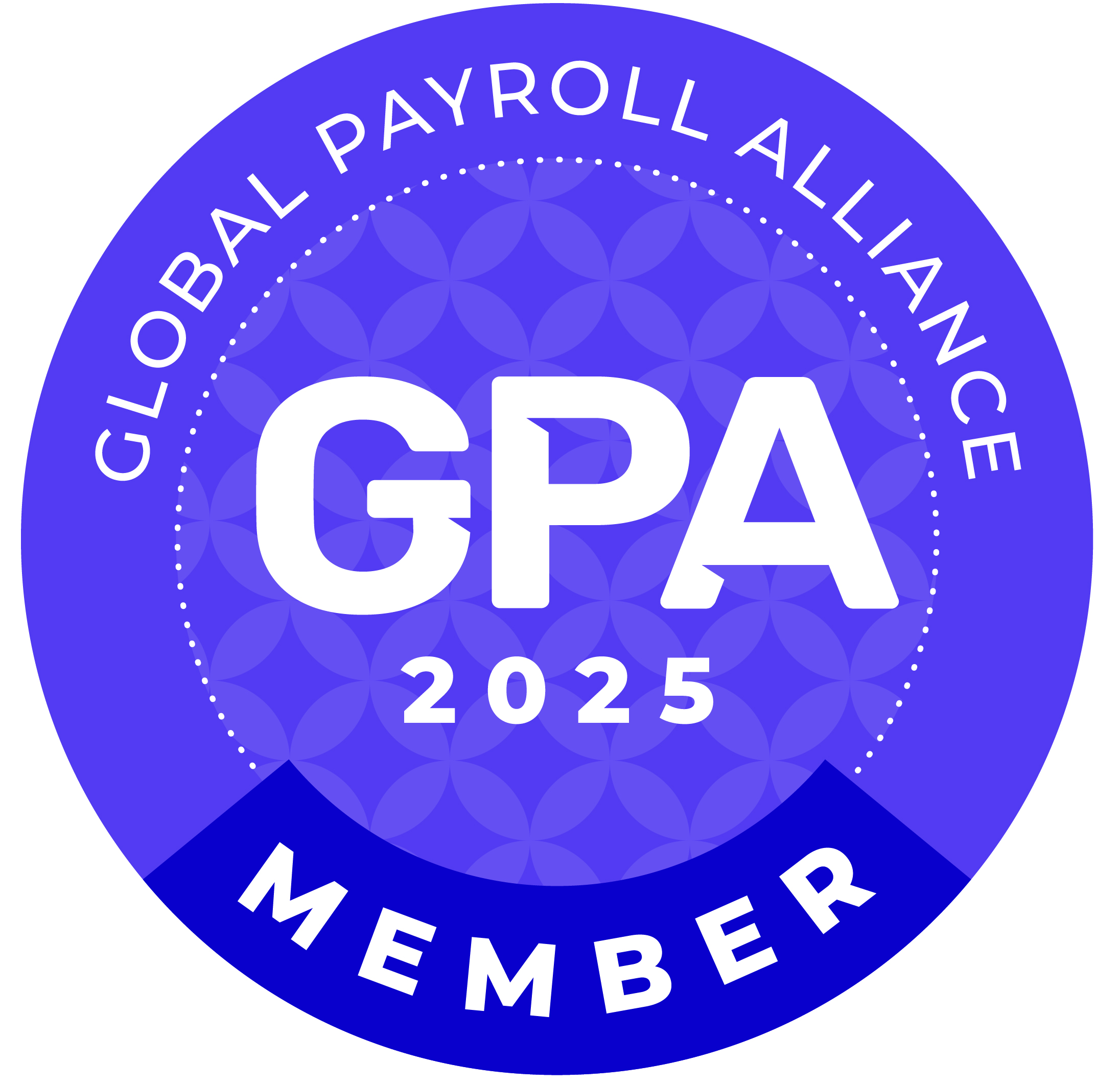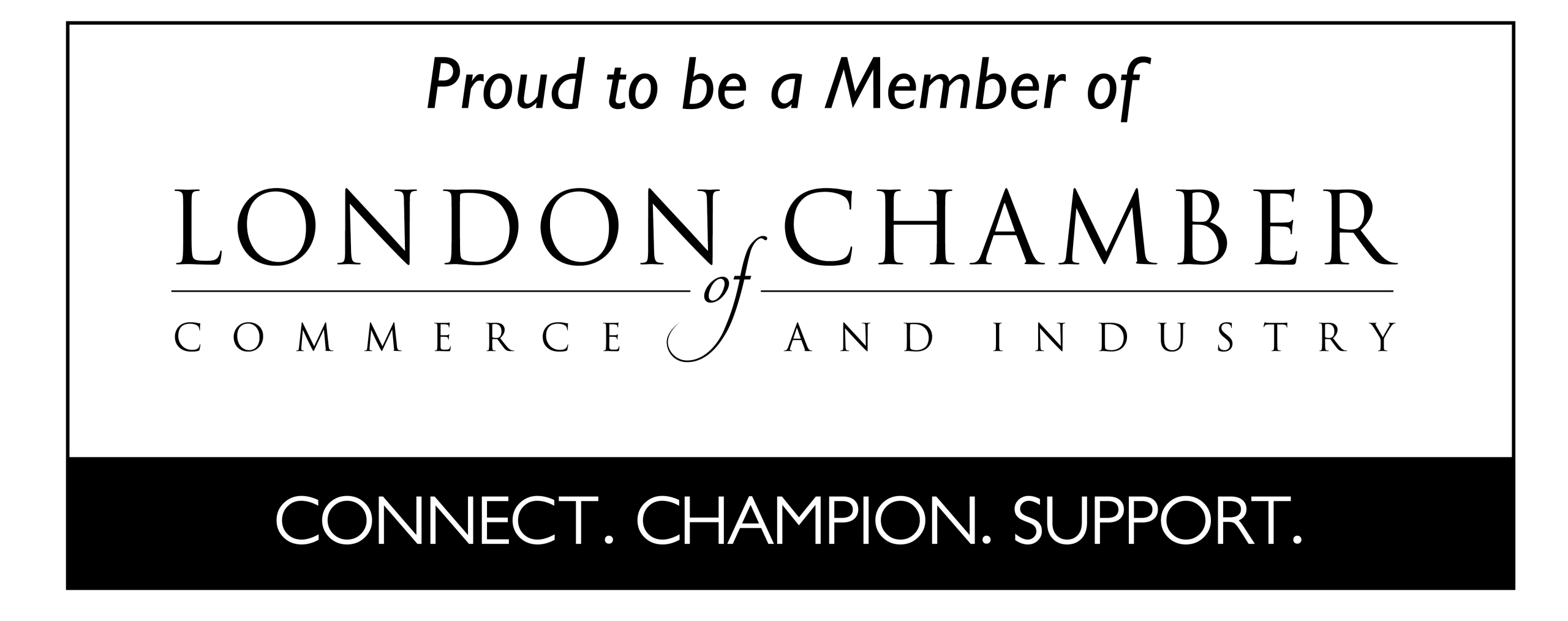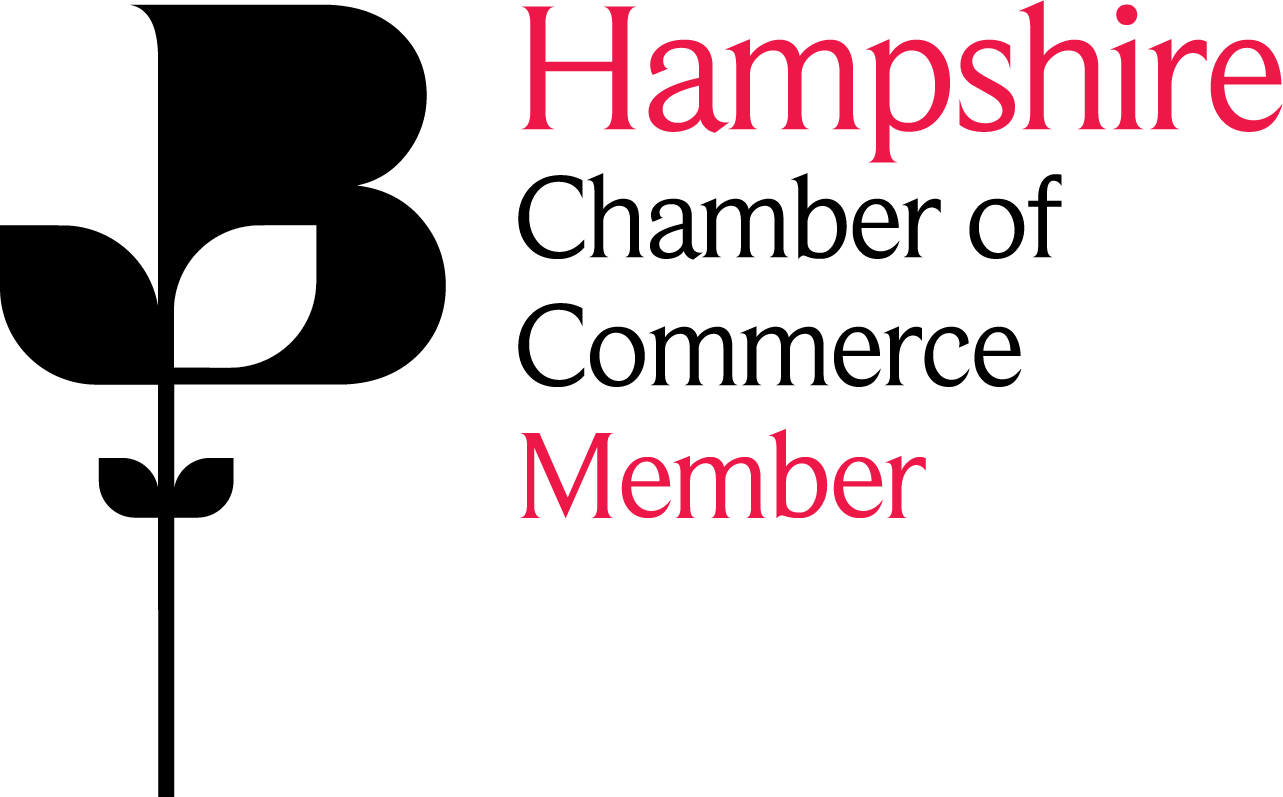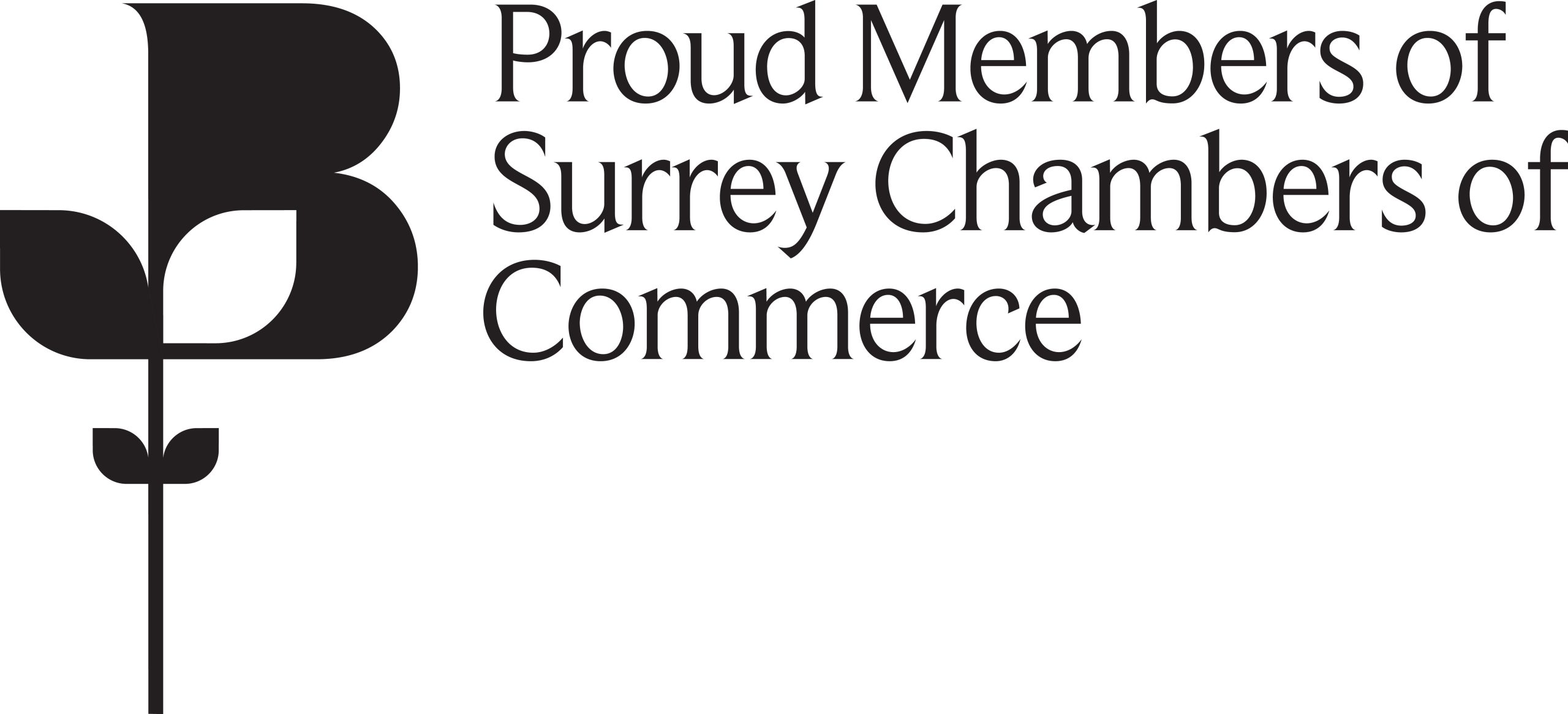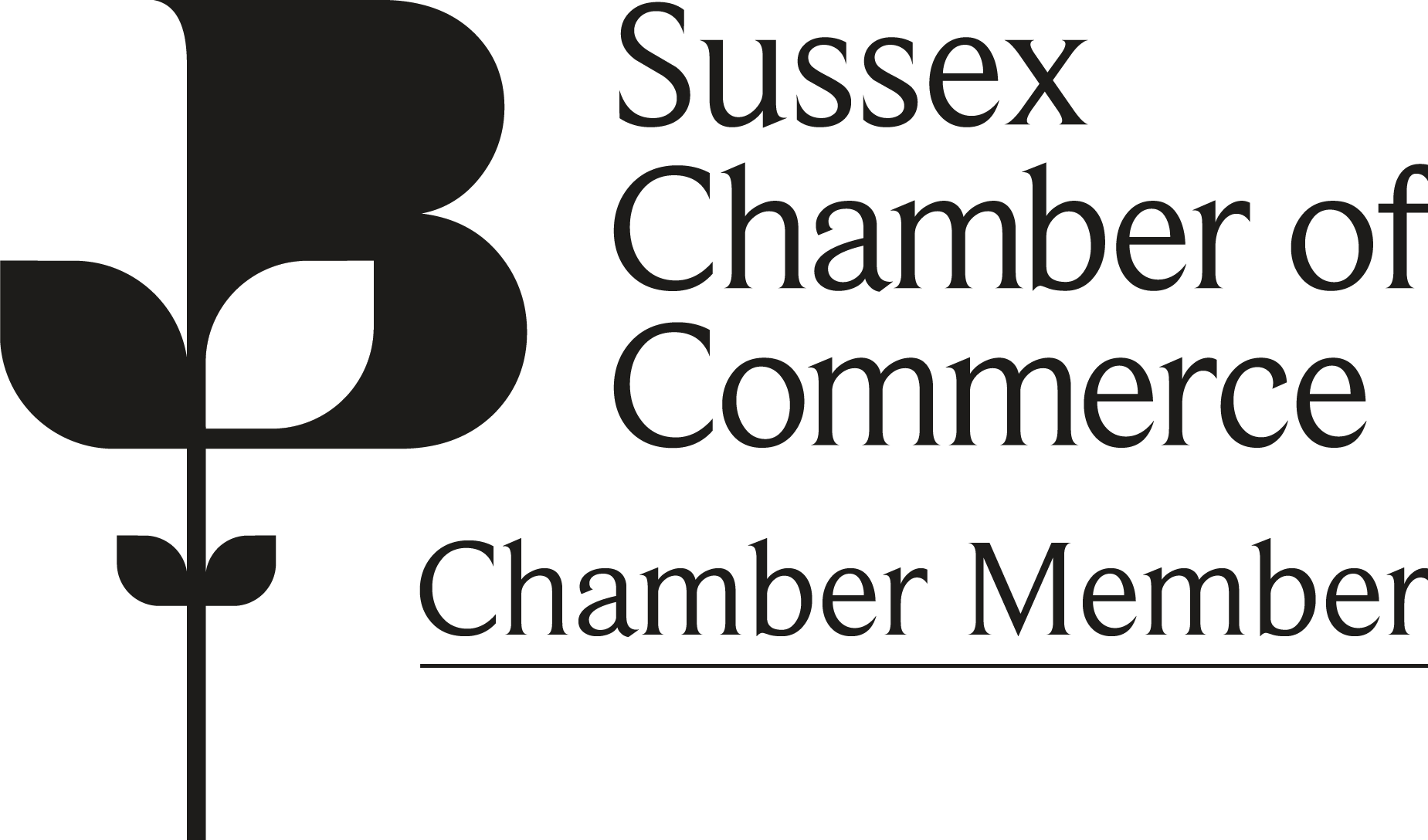Optimising Organisational Design: A Strategic Imperative for HR Leaders
In today’s fast-paced business environment, organisational design is no longer just a structural exercise, it’s a strategic lever for performance, agility, and innovation. The most successful companies are those that adapt their organisational design to align with shifting market demands, technology, and workforce expectations. For HR leaders, optimising organisational design is a critical responsibility that can shape the long-term success and resilience of their business.
What Does an Optimal Organisational Design Look Like?
An optimal organisational design aligns people, processes, and systems to the business’ strategy and goals. It’s not a one-size-fits-all blueprint; rather, it’s a dynamic framework that evolves alongside the company.
Key characteristics of an optimal organisational design include:
- Clear Alignment to Strategy: Every team, role, and function is purposefully aligned to the company’s strategic priorities. This alignment enables better decision-making, faster execution, and clearer accountability.
- Agility and Flexibility: Traditional hierarchies are giving way to flatter, more agile structures. A study by McKinsey found that companies with agile practices are 1.5 times more likely to outperform their peers financially (McKinsey, 2021).
- Cross-Functional Collaboration: Siloed departments limit innovation. Optimal designs create mechanisms, like cross-functional teams and project-based work, that foster collaboration and knowledge-sharing.
- Customer-Centricity: Organisational structures should reflect the customer journey. Teams must be empowered to respond quickly to customer needs, which often means rethinking traditional reporting lines and functions.
- Empowered Decision-Making: In high-performing organisations, decisions are made closer to the point of impact. This decentralisation increases responsiveness and accountability.
How HR Leaders Can Implement Optimal Organisational Design
HR leaders are uniquely positioned to champion and execute effective organisational design. Here are key steps to implement one:
- Assess Current State vs. Desired State
Start with a comprehensive review of the current organisational structure. Use tools like organisational network analysis (ONA), capability assessments, and workforce analytics to identify gaps, inefficiencies, and misalignments.
According to Deloitte, 92% of companies are redesigning their organisations to be more dynamic and team-based but only 14% believe they are ready to do so (Deloitte Global Human Capital Trends, 2019). This highlights the need for a data-informed diagnosis as the foundation for change.
- Define the Target Operating Model
An effective operating model includes structure, governance, roles, capabilities, and technology. HR should partner with business leaders to co-create a model that supports strategic objectives and integrates talent, culture, and workflows.
- Prioritise Capability Building
HR must ensure the right skills are in place to support the new design. This includes both technical capabilities and soft skills such as adaptability, collaboration, and resilience. Learning and development programmes should be aligned to these capabilities.
- Engage and Communicate
Organisational redesign often prompts uncertainty and resistance. Transparent communication and inclusive engagement are crucial. HR leaders should involve employees in the redesign process where possible, using workshops, feedback loops, and change champions.
- Pilot, Test, and Refine
Start small. Pilot new team structures or workflows in specific departments, measure results, gather feedback, and iterate. This agile approach reduces risk and increases buy-in.
- Embed into HR Systems
Once the new design is validated, it must be embedded across all HR systems; recruitment, performance management, succession planning, and compensation. This ensures consistency and reinforces the new ways of working.
Final Thoughts
Organisational design is no longer an occasional intervention, it’s a continuous, strategic practice. As business models and workforce dynamics evolve, so too must the structures that support them. HR leaders play a pivotal role in making organisational design not just optimal, but transformative.
By aligning structure with strategy, enabling agility, and empowering people, HR can help businesses thrive in a constantly changing world.




